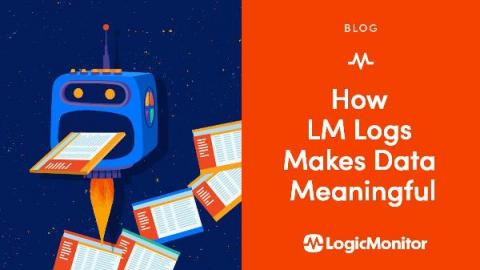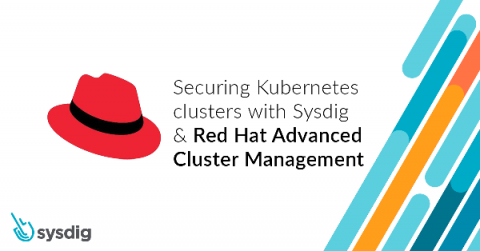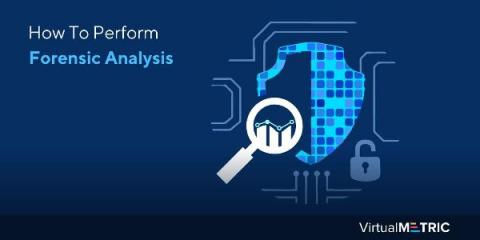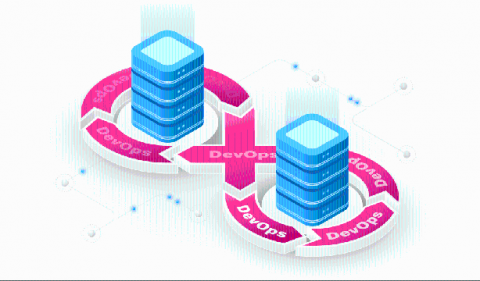How LM Logs Makes Data Meaningful
Before I get started on how excited I am to see LogicMonitor launching a logging product, here’s a little background information. This blog is probably a blast from the past for many longtime LM employees and customers. I served at the company for over seven years, starting from back when it was just a few of us trying to see if a SaaS monitoring product would be accepted in the marketplace (while seemingly crazy to say now, SaaS was a tough sell back in 2011).











